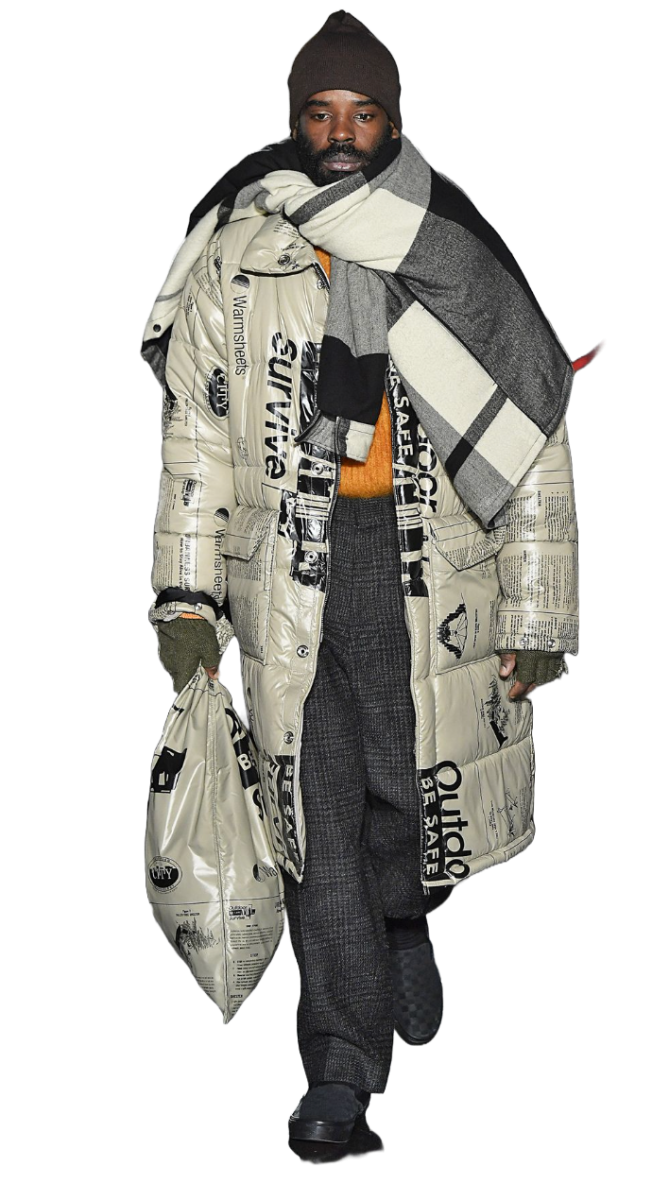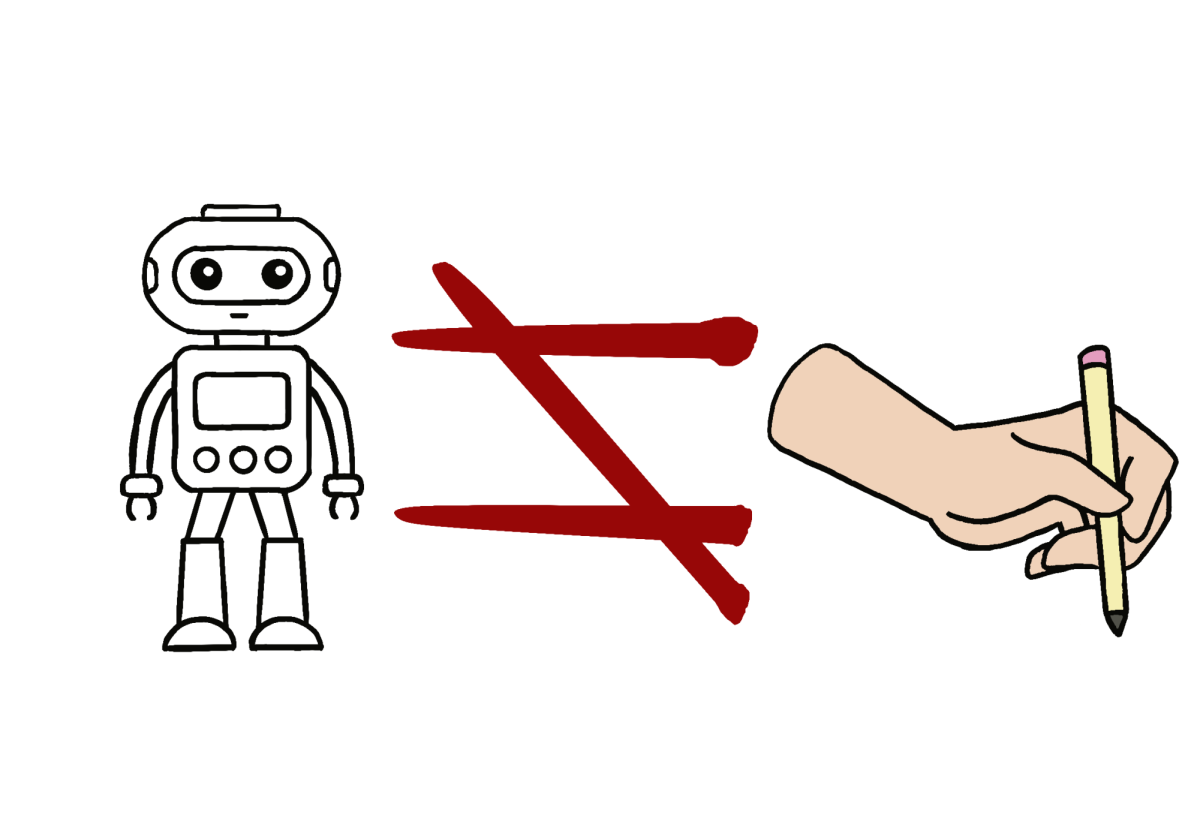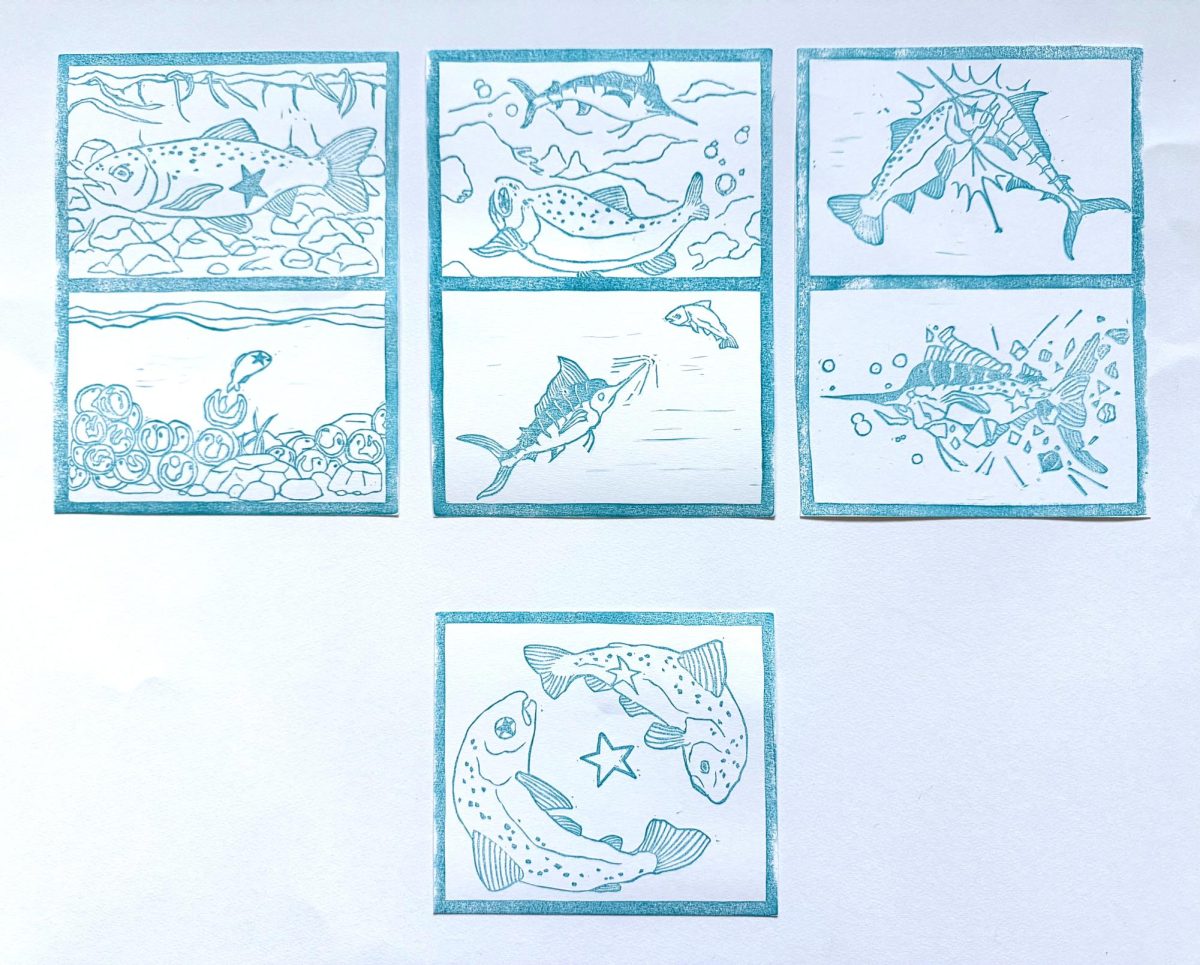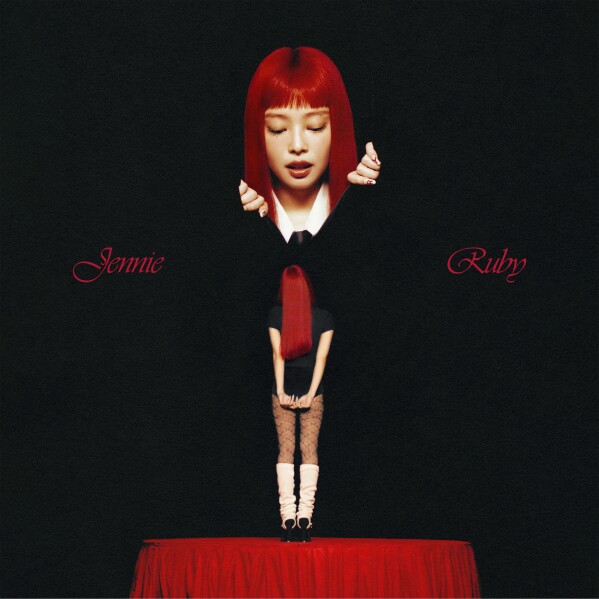Stanley Cups, more specifically the Stanley Quencher Tumbler, have recently experienced a massive surge in popularity. Videos of this product have gone viral on social media, with the tag “Stanley” exceeding three billion views on TikTok. Despite this product’s popularity, the hype is not warranted as Stanley Cups have no unique features and encourage excess consumerism.

A significant reason why Stanley Cups went mainstream was the celebrity sightings and endorsements of the cups. For example, Adele and Shay Mitchell have been viewed with the product, and Lainey Wilson has received a custom cup and promoted the product in return. Celebrity collaborations are a strong way for a company to increase awareness and sales of their product since the prestige of the celebrity is transferred to the product, according to ScienceDirect.
Additionally, videos of Stanley Cups and their apparent phenomenal functionality have been going viral. For example, a video showed a car being wrecked during a car fire, yet the owner’s Stanley Cup sustained only minor damage from the flames around it.
Despite this, a Stanley Cup costs $45 plus tax on Amazon and can even fetch for over $100 for a limited model such as the Valentine’s Day Red Cup, where the only difference is the color. This high price makes the cup unworthy of its popularity, especially since many other Tumblers in the market have similar practicality.
An example of this is the Hydrapeak Voyager Tumbler, which has similar capabilities to the Stanley, but it can insulate water for longer and is cheaper, according to statistics displayed on the Stanley Cup website and the Hydrapeak website.
Even then, shoppers have begun lining storefronts to wait for Stanley Cups. For example, shopper Bella Boye said she camped for three hours outside of a Target to grab a Stanley to add to her collection, according to USA TODAY.
Unfortunately, the entire culture that has emerged due to the Stanley Cup trend is unhealthy. Stanley Cups were meant to be a reusable alternative to plastic bottles, with their mostly paper packaging furthering their mission for sustainability, according to the Stanley Cup website.
However, the craze of Stanley Cups has run into the problem of excess consumption, with some people wanting to build collections. This issue was prevalent in some Targets, where limits on the number of bottles each household could purchase were imposed, according to CBS News.
Ultimately, Stanley Cups still have good durability, performance and cosmetic designs, but consumers need to be aware of not only what they are buying but why they are buying it. Even beyond water bottles, there are always alternatives to popular products. Just because something has become a trend does not mean it is the best option.





















